Article and photos by Rob Danforth
Targeted watering can save time, plants, and water. On a hot, dry day, a thirsty plant needs a drink, not a bath!
- Water plant roots only, not plant leaves, pathways, weeds, or any unproductive spaces. Your watering cannot raise the water table under your garden – don’t waste your time trying. Water the plants where they drink.
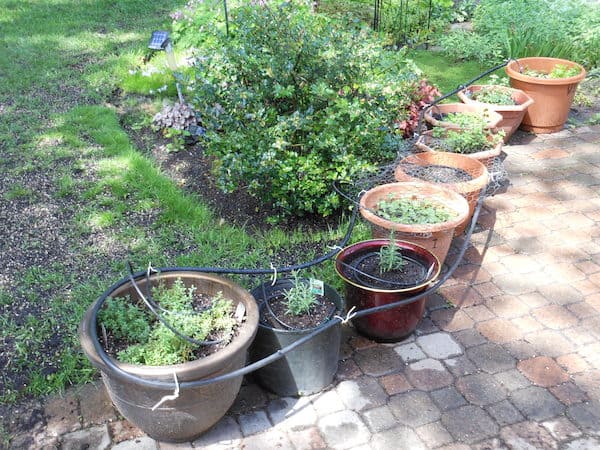
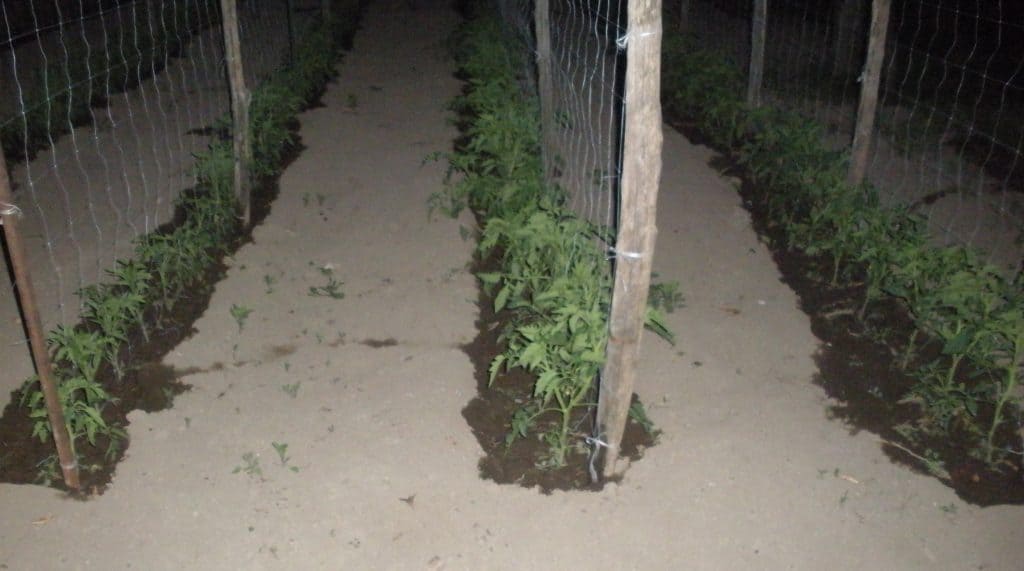
- Rain water is recommended if you have a rain barrel. If not, fill some large tubs (lids/covers will keep out mosquitos) or watering cans with tap water and wait at least 2 hours while it warms up to the outside temperatures and allows the gasses to dissipate (Chlorine or Florine or whatever…).
- Use a watering can, or bubbler, to reduce watering times, water consumption, & water loss to evaporation. A water wand also works as long as you keep it low down so as not to wet the leaves. Tip: roots only watering allows a gardener to inspect each plant for damage by insects, wind, disease, animals, or people. This saves water, reduces time spent, and catches problems before they become major issues.
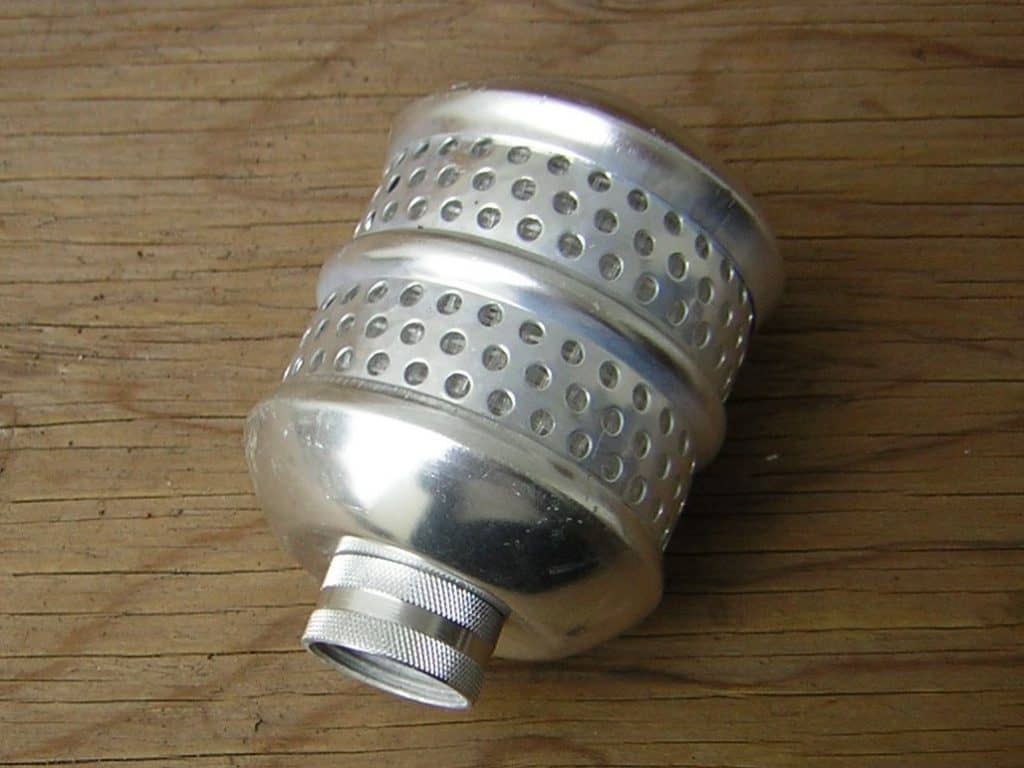
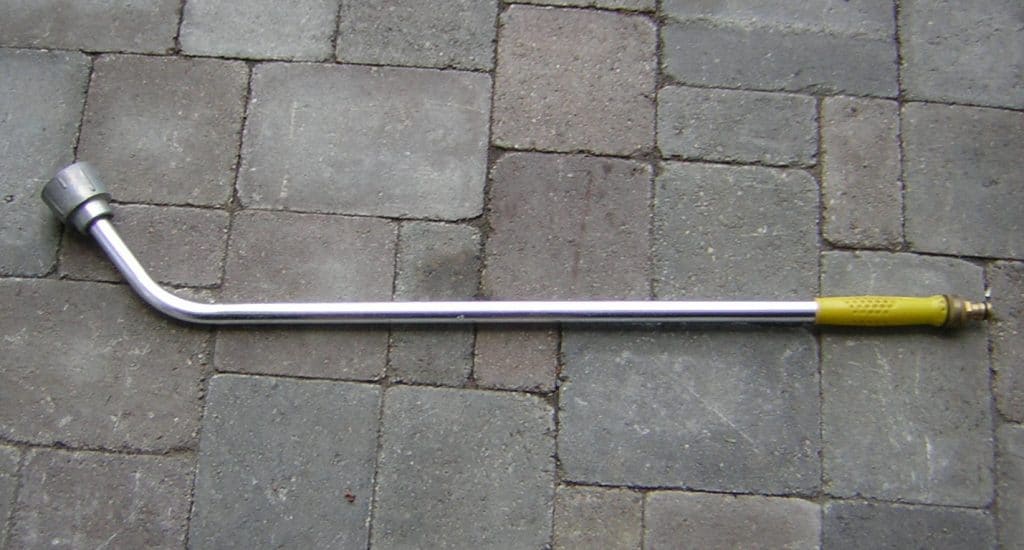
- Water twice each watering: the first opens the soil and makes it receptive, and second gets water down deep. Add mulch to limit evaporation of moisture (e.g., shredded tree leaves have worked very well for us, for the past 8 years – water passes through and under them).
- Aerate (loosen) the soil in containers whenever it becomes dense and/or pulling away from the sides since top watering and rainfall condenses the soil a little each time. Loosing the soil makes for better water and air penetration in shorter time. I aerate all containers once every 1-2 weeks, and recommend a 2 prong Jekyll weed fork as best tool for the task. Chop sticks also work well.
- Containers that drain onto ground or into saucers, must drain properly at each watering – look for some water to flow out the bottom. If you can, save the “soil tea” that runs out the bottom as it is full of nutrients and should be diluted (50/50) and reused next watering. Container soil works like a tea bag and top watering/rainfall leaches plant food out of the soil.
- Self-watering [S-W] containers reduce watering & water monitoring, but make sure water runs out the bottom or out the overflow hole a little when you water, so you know the drain or overflow system is working properly. Some S-W pots have a filler hole on the side, but many have only a spigot, like a hollow golf tee or drinking straw in the bottom of the container that works like the overflow drain hole in a bathroom sink or tub. Roots can plug the drainage exit and the plants will slowly drown (yellow leaves – starting with lower ones first – will tell the tale).
- In-ground mounds with furrows on top will reduce watering, and save the need to trench against rain floods. Shape the soil to save and to funnel water to the roots of plants. Then water the furrows only for each watering. Mounds will save plants from floods, but they also allow water, fertilizer, soil nutrients, and seeds to run off down the sides into the unproductive walkways. Add a furrow in the top of the mound to hold water and stop all run-off.
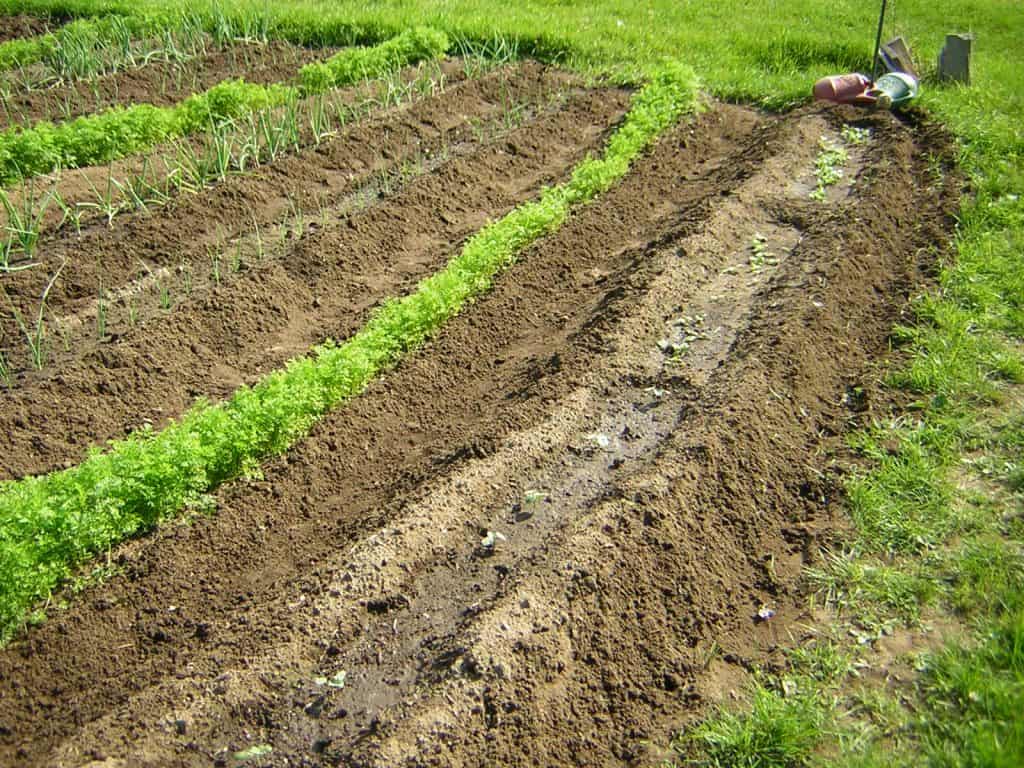
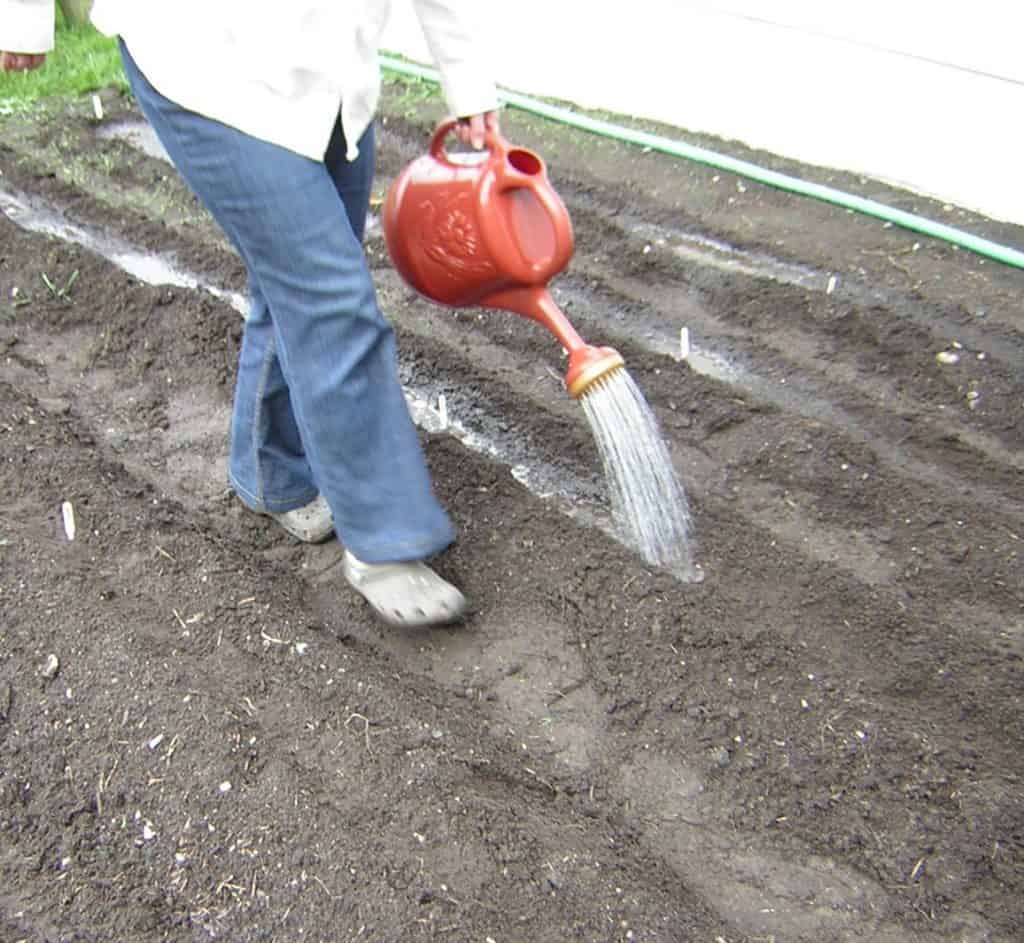
- Absentee watering saves time and effort: try 2-litre pop bottles or wine bottles with terracotta spikes, bottle plugs, metered bottle plugs, syphons, or automated watering systems. Caution: automated watering systems must allow variable flow since not all plants have the same water needs (e.g., Many herbs need wet and dry periods, while salad greens and vine plants like tomatoes and squash must never dry out. Good drainage of excess water, and the retention of moisture in the soil are both essential!
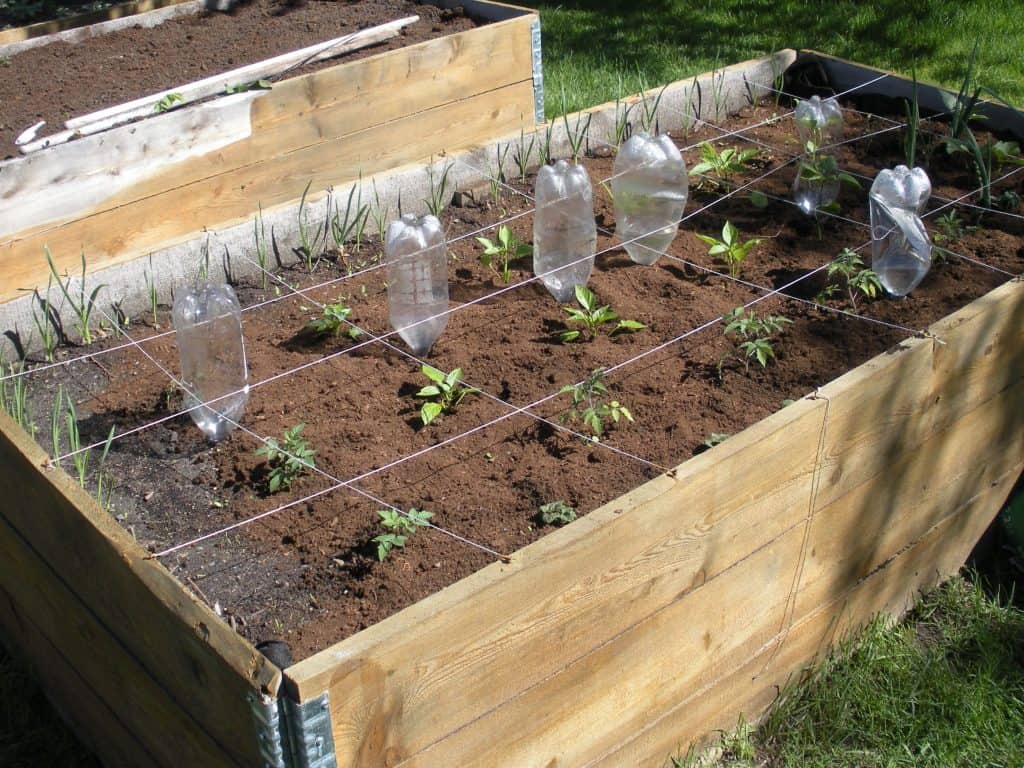
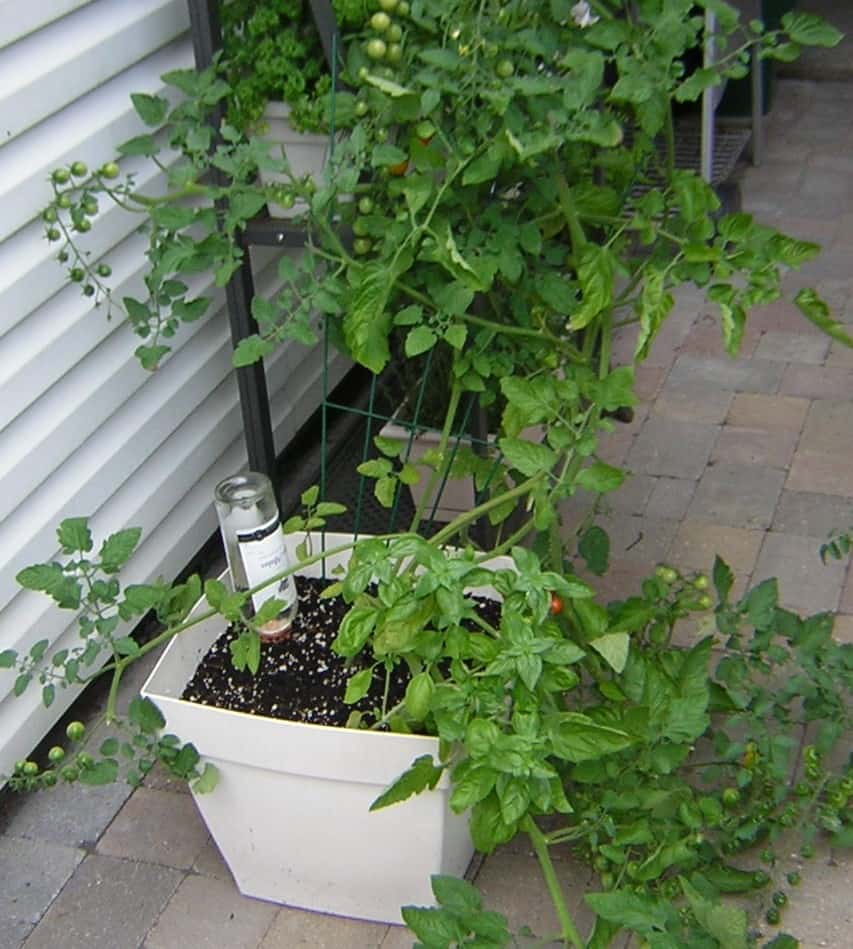
- Special note: all underground systems have to be blown out with compressed air every fall to empty the water and save the pipes from bursting (e.g., Montreal Botanical Gardens, Gloucester Allotment Gardens, and one of my neighbour’s backyards). Of course, all rain barrels, above ground tap line systems, hoses, and soaker hoses need to be emptied, cleaned, and stored dry for the winter.
Keep calm and carry-on gardening! Take time to enjoy the activity: watering herbs and flowers can be an olfactory sensation, not to mention the eye candy! Bugs love the fragrances and colours – why should they have all the pleasure? Relax with the colours, tastes, shapes, textures, and fragrances of your garden.